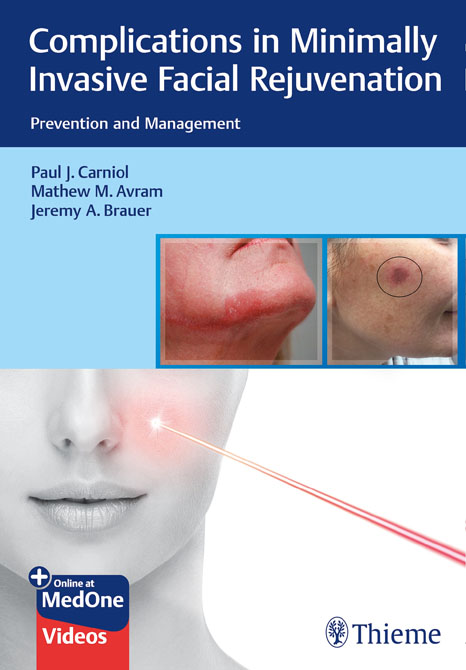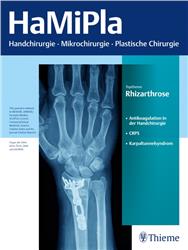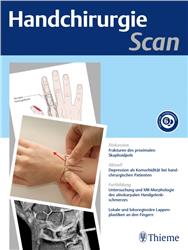Complications in Minimally Invasive Facial Rejuvenation
Prevention and Management
| Auflage | 2021 |
| Seiten | 244 pp., 262 illustr. |
| Verlag | Thieme |
| ISBN | 9781684200139 |
| Artikel-Nr. | 617632 |
Lieferzeit ca. 5 Werktage
Produktbeschreibung
The demand for minimally invasive facial procedures has increased exponentially over the past 20 years. In fact, an AAFPRS survey estimated that 80% of cosmetic facial procedures performed by their surgeons in 2019 were minimally invasive. Given the vast number of patients and underqualified practitioners administering facial surgery treatments, complications and poor outcomes are a significant issue. Complications in Minimally Invasive Facial Rejuvenation: Prevention and Management by internationally prominent facial plastic surgeon Paul J. Carniol, renowned dermatologists Mathew M. Avram and Jeremy A. Brauer, and esteemed colleagues fills a gap in the literature.
Organized in five sections and 19 chapters, the book starts with discussions of appropriate patient selection, anesthesia considerations, relevant anatomy, and potentially toxic smoke plumes generated by laser treatments and electrocautery. Section two details fillers and fat transfers for volume restoration, neuromodulators to reduce the appearance of wrinkles, and deoxycholic acid to treat submental fat. Section three covers high-energy devices and procedures such as laser resurfacing, chemical peels, vascular and pigment laser and light sources, radiofrequency, and microneedling. The final two sections feature discussion of liposuction and cryolipolysis, followed by the minimally invasive procedures threadlifting, face and neck lifts, hair transplantation, and blepharoplasty.
Organized in five sections and 19 chapters, the book starts with discussions of appropriate patient selection, anesthesia considerations, relevant anatomy, and potentially toxic smoke plumes generated by laser treatments and electrocautery. Section two details fillers and fat transfers for volume restoration, neuromodulators to reduce the appearance of wrinkles, and deoxycholic acid to treat submental fat. Section three covers high-energy devices and procedures such as laser resurfacing, chemical peels, vascular and pigment laser and light sources, radiofrequency, and microneedling. The final two sections feature discussion of liposuction and cryolipolysis, followed by the minimally invasive procedures threadlifting, face and neck lifts, hair transplantation, and blepharoplasty.
Fachzeitschriften

Bleiben Sie informiert!
Melden Sie sich für den frohberg.de-Newsletter an und nutzen Sie jetzt Ihre Vorteil:- Willkommens-Dankeschön: Beatmungsmaske Rescue Me
- Aktuelle Neuerscheinungen und Empfehlungen
- Exklusive Angebote und Kongress-Highlights








